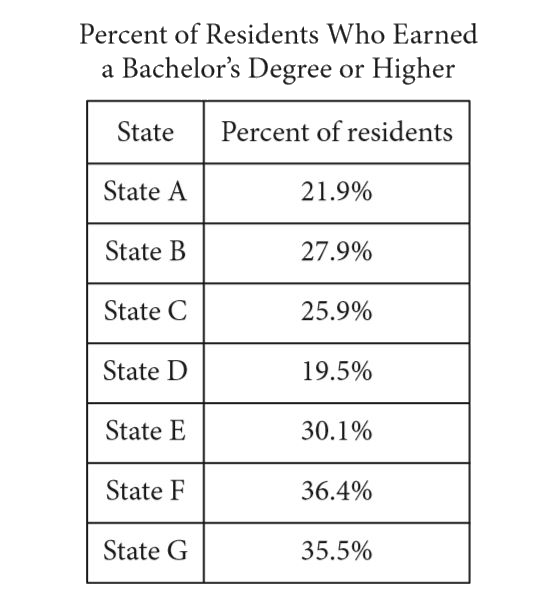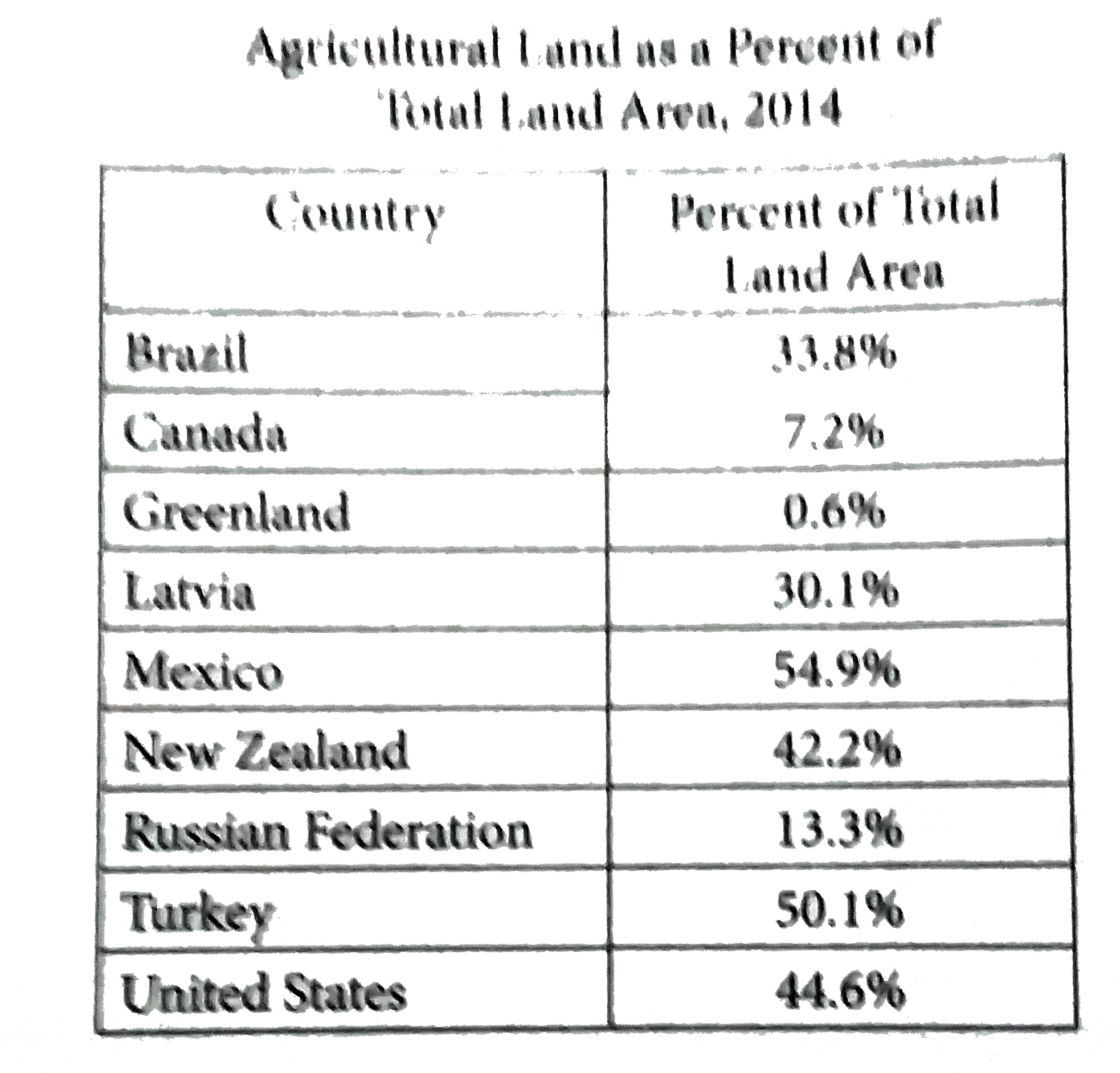Andrew was asked by his friend to count all the numbers from 1 to 90 that are divisible by two and three but not by five. Andrew made a mistake in the process and counted the result as 10.What is the difference between the actual result and the result that Andrew got ?
2
4
6
10
The correct Answer is:A
To solve the problem step by step, we need to find the numbers from 1 to 90 that are divisible by both 2 and 3, but not by 5.
Step 1: Identify the numbers divisible by both 2 and 3
Since a number divisible by both 2 and 3 is also divisible by 6, we will find the multiples of 6 between 1 and 90.
Calculation:
The multiples of 6 from 1 to 90 are:
- 6, 12, 18, 24, 30, 36, 42, 48, 54, 60, 66, 72, 78, 84, 90.
Step 2: Count the multiples of 6
Now, we will count how many multiples of 6 are there from 1 to 90.
Calculation:
The multiples of 6 are:
- 6, 12, 18, 24, 30, 36, 42, 48, 54, 60, 66, 72, 78, 84, 90.
There are a total of 15 multiples of 6.
Step 3: Exclude the numbers that are divisible by 5
Next, we need to exclude the numbers from the list that are also divisible by 5.
Calculation:
The multiples of 6 that are also divisible by 5 are:
- 30 (6 x 5)
- 60 (6 x 10)
- 90 (6 x 15)
So, we will remove 30, 60, and 90 from our list of multiples of 6.
Step 4: Count the remaining numbers
After removing the numbers divisible by 5, we will count the remaining numbers.
Remaining multiples of 6:
- 6, 12, 18, 24, 36, 42, 48, 54, 66, 72, 78, 84.
There are 12 numbers left after excluding those divisible by 5.
Step 5: Calculate the difference between the actual result and Andrew's result
Andrew counted the result as 10, but the actual result is 12.
Calculation:
Difference = Actual Result - Andrew's Result = 12 - 10 = 2.
Final Answer
The difference between the actual result and the result that Andrew got is 2.
---
Since a number divisible by both 2 and 3 is also divisible by 6, we will find the multiples of 6 between 1 and 90.
The multiples of 6 from 1 to 90 are:
- 6, 12, 18, 24, 30, 36, 42, 48, 54, 60, 66, 72, 78, 84, 90.
Now, we will count how many multiples of 6 are there from 1 to 90.
The multiples of 6 are:
- 6, 12, 18, 24, 30, 36, 42, 48, 54, 60, 66, 72, 78, 84, 90.
Next, we need to exclude the numbers from the list that are also divisible by 5.
The multiples of 6 that are also divisible by 5 are:
- 30 (6 x 5)
- 60 (6 x 10)
- 90 (6 x 15)
After removing the numbers divisible by 5, we will count the remaining numbers.
- 6, 12, 18, 24, 36, 42, 48, 54, 66, 72, 78, 84.
Andrew counted the result as 10, but the actual result is 12.
Difference = Actual Result - Andrew's Result = 12 - 10 = 2.
The difference between the actual result and the result that Andrew got is 2.
Topper's Solved these Questions
Similar Questions

A survey was given to residents of all 50 states asking if they had earned a bachelor’s degree or higher. The results from 7 of the states are given in the table above. The median percent of residents who earned a bachelor’s degree or higher for all 50 states was 26.95%. What is the difference between the median percent of residents who earned a bachelor’s degree or higher for these 7 states and the median for all 50 states?
View SolutionTwo sinusoidal wave of the same frequency are to be sent in the same direction along a taut string. One wave has an amplitude of 5.0mm, the other 8.0mm. (a) What phase difference ϕ1 between the two waves results in the smallest amplitude of the resultant wave? (b) What is that smallest amplitude? (c) What phase difference ϕ2 results in the largest amplitude of the resultant wave ? (d) What is that largest amplitude? (e) What is resultant amplitude if the phase angle is (ϕ1−ϕ2)/2?
View Solution
Knowledge Check

The world bank measures the amount of land devoted to agriculture among all 196 countries in the world. The results from 9 of the countries are given in the table above. The median percent of of agrilcultural land for all 196 countries in 34.95%. What is the difference between the median percent of agricultural land for these 9 countries and the median for all 196 countries?A0.0115B0.0419C0.0965D0.1995A beam of light of wavelength 600 nm from a distant source
falls on a single slit 1.0 mm wide and the resulting diffraction pattern is
observed on a screen 2m away. What is the distance between the first dark
fringe on either side of the central bright fringe?A1.2cmB1.2mmC2.4cmD2.4mm
It is found that what waves of same intensity from two coherent sources superpose at a certain point, then the resultant intensity is equal to the intensity of one wave only. This means that the phase difference between the two waves at that point is
View SolutionPeter, Rene and Andrew were playing a game of marbles. In the game , at a point of time , Peter gave one - fourth of his marbles to Rene , who in turns gave half of what she received to Andrew. If the difference between the marbles left with Peter and the marbles received by Andrew is 30, then how many marbles did Rene receive from Peter ?
View SolutionTwo waves, travelling in the same direction through the same region, have equal frequencies, wavelengths and amplitudes. If the amplitude of each wave is 4 mm and the phase difference between the waves is 90∘, what is the resultant amplitude ?
View SolutionA beam of light of wavelength 600 nm from a distant source falls on a single slit 1.0 mm wide and the resulting diffraction pattern is observed on a screen 2 m away What is the distance between the second bright fringe on either side of the central bright fringe ?
View SolutionA beam of light of wavelength 600 nm from a distant source
falls on a single slit 1.0 mm wide and the resulting diffraction pattern is
observed on a screen 2m away. What is the distance between the first dark
fringe on either side of the central bright fringe?
View SolutionThe force of interaction between the molecules of same substance is called cohesive force hile force of interaction between molecules of different substances is called adhesive force . Both the forces are attracive and have a range of about 10 A . If we consider a molecule . A well inside a liquid we find that it is equally attracted by the surrounding molecules in all the directions ( with a sphere of radius 10 Å ) and so it does not experience any resultant force . On or near the surface of a liquid , the molecules do not exist on the free side and so a molecule ( say B ) experiences a resultant force vertically downwards into the liquid . For this reason , the molecules of the surface have a tendency to go into the liquid . Thus , the surface tends to contract and gives rise to surface tension .
As surface molecules like B experience a net downward force of cohension and have tendency to go down , so in increasing the area of the surface more molecules are to be shifted to the surface from inside . Thus , more mechnical work will have to be done against the net downward force of cohension . This work is stored by the molecules in the surfaces as potential energy called free surface energy .
Furthermore , molcules like P , in contact with the liquid will stick to the solid surface , i.e will meet it if the force of adhesion A is greater than net force of cohension C . The liquid will not the solid surface if C>A
Also , molecules like Q at the surface in contact with the solid will experience a net force of cohension CR . If adhesion A is greater then cohension CR , the resultant force will be F . As the liquid can't support tangential force , F must be perpendicular to the surface of the liquid . So , the menisus will be concave and the angle of contact will be acute (>90∘) . However , if adhesion is lesser than cohension , the resultant force F will be directed into the liquid and so the menisus ( which is perpendicular to F as liquid support tangential force ) will be convex and the angle of contact will be obtuse (>90∘)

A liquid particle B , which is present in the vicinity particle A can exert a force on A if the distance of B from A is
View Solution

